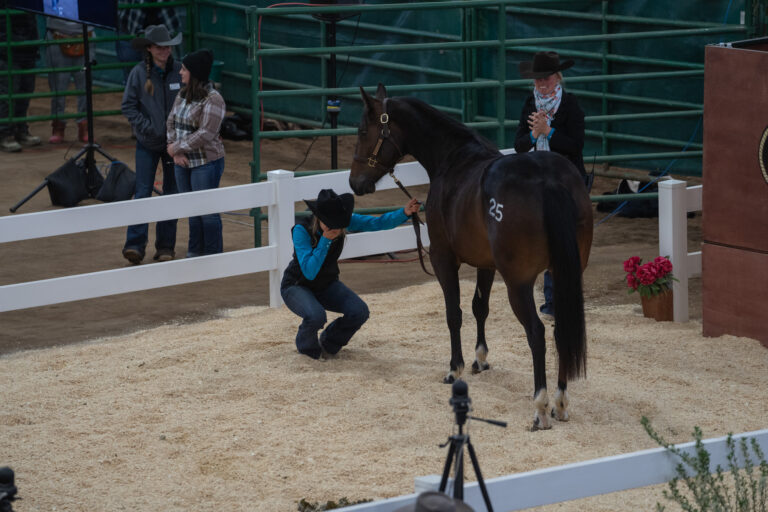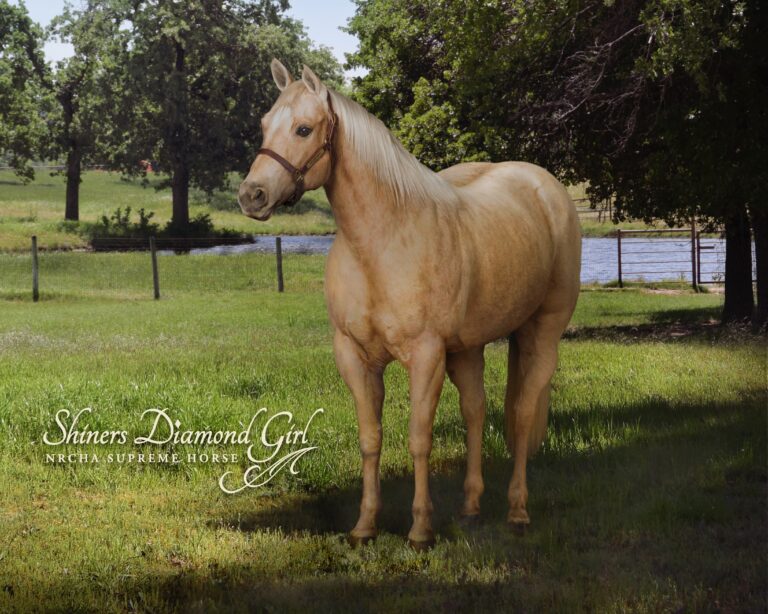Don’t overlook the importance of groundwork for all levels of young riders, but especially new beginners.
Your child might’ve become interested in horses after watching you ride or attending an event. While that excitement of being horseback serves as an initial draw, it’s crucial to recognize the importance
of groundwork to really understand horses, how to interact with them, and how to stay safe.

Learn the Horse
Before a child can ride, he or she must be able to control the horse from the ground. And understand how to be safe around horses. A newcomer to horses probably has some apprehension—or even fear—of handling a 1,200-pound animal. So building confidence comes from grassroots interactions. I teach kids to read a horse’s eye—does he look calm or distressed? To understand how the horse feels that day. They can also recognize changes in the horse’s tail (is he switching because he’s upset or just fighting flies?), how he stands (is he relaxed or does he look ready to bolt?), and head carriage (is his neck relaxed or is his head elevated and alert?). Recognizing these types of behaviors and reactions on the ground means that the young rider will be able to do the same
in the saddle.
Do the Work
Yep, paying your dues matters, especially with horses. I recently implemented what I call the Feed Crew at my barn. I have a handful of kids under 6 who are very interested in riding but aren’t ready quite yet. They come out twice a week for 30 minutes and do chores. Everything from grooming to cleaning buckets to sweeping the barn aisle. While they do these chores, they learn about spatial awareness, not to drag their feet, to always talk to the horses around them, and more. They become more aware of their surroundings. Which can be tough for kids who are constantly glued to a screen, and they learn that responsibilities come with having a horse.
The kids also learn about proper grooming, how we tack-up a horse, how the equipment works, what we do after we ride, and more.
I find that the level of respect they have for horses and the work that goes into having them is phenomenal after kids have participated in Feed Crew.
Focus on Progress
As a parent, you might not see the value in the investment of a lesson based on groundwork. You might be solely focused on getting your son or daughter on a horse. A child who knows how to behave around a horse, care for it, properly lead and tie it, and more has more confidence once in the saddle. They’ll feel more ready once they get to that phase. If you want your child to love horses and ride for the long term, focus on baby steps and small victories that help get them really prepared so that they don’t get scared or uncomfortable once they’re in the saddle. Strong confidence sets them up to stick with riding and horses.






